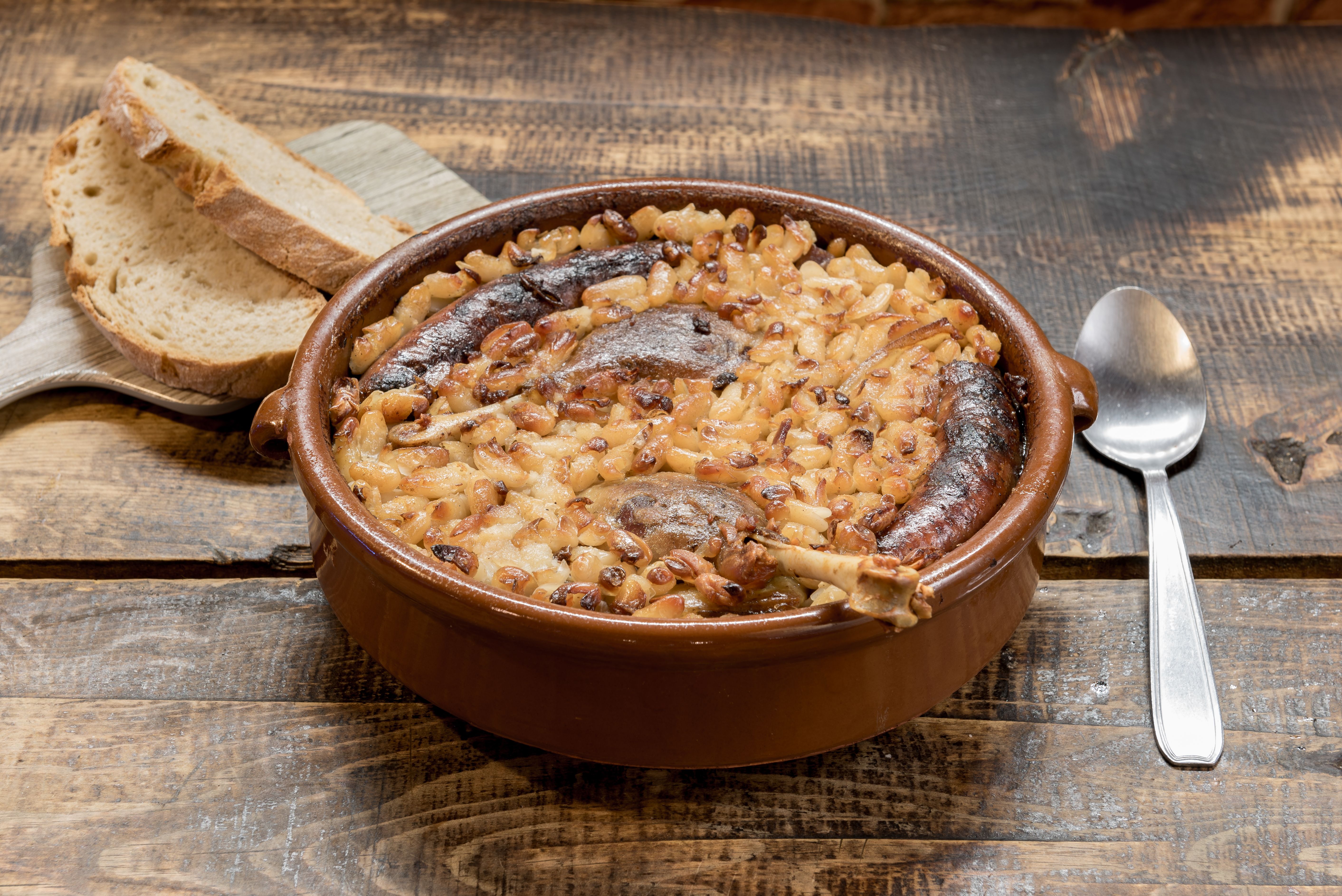The Art of Sausage and White Bean Cassoulet
The Origins of Cassoulet
Cassoulet, a rich, slow-cooked casserole originating from the south of France, is a dish steeped in history and tradition. Originally crafted as a humble meal to sustain farmers during winter, it has evolved into a beloved classic. The traditional cassoulet features beans as the main ingredient, combined with various meats to create a hearty, comforting dish that warms the soul.
This iconic dish is named after the "cassole," the earthenware pot in which it is traditionally cooked. Its roots can be traced back to the Languedoc region, where each village has its own unique version. Over time, cassoulet has transcended its rustic origins to become a culinary masterpiece.

The Key Ingredients
Sausage and White Beans
At the heart of a sausage and white bean cassoulet are two key ingredients: the sausage and the beans. The choice of sausage can significantly influence the dish's flavor profile. Typically, a garlicky and herby sausage is preferred, adding depth and richness to the cassoulet.
White beans, such as cannellini or Great Northern beans, are essential for their creamy texture and ability to absorb the flavors of the other ingredients. When cooked slowly, these beans become tender and flavorful, creating a perfect base for the dish.
The Role of Aromatics
Aromatics play a crucial role in developing the depth of flavor in cassoulet. Traditional recipes often include onions, garlic, carrots, and celery. These ingredients are sautéed until fragrant, creating a flavorful foundation for the rest of the dish. Herbs such as thyme, bay leaves, and sometimes rosemary are added for an earthy aroma that complements the richness of the meats.
The Cooking Process
Layering Flavors
Building layers of flavor is essential in creating an unforgettable cassoulet. The process begins by browning the sausage to render its fat and enhance its flavors. Next, the aromatics are sautéed in the same pan, absorbing all the savory goodness left behind by the sausage. This step is crucial for infusing each component with maximum flavor.
Slow Cooking
Once all the ingredients are combined in the cassole or a suitable baking dish, the cassoulet is slow-cooked for several hours. This gentle cooking method allows flavors to meld and intensify over time. The result is a dish with tender beans, succulent sausage, and a rich, savory broth that captures the essence of French comfort food.
Serving Suggestions
A well-prepared sausage and white bean cassoulet is a meal in itself, but it pairs beautifully with a few simple accompaniments. A crusty baguette is perfect for soaking up the flavorful sauce, while a fresh green salad can provide a refreshing contrast to the hearty dish.
For a truly authentic experience, consider serving your cassoulet with a glass of full-bodied red wine from the Languedoc region. The wine's robust flavors complement the richness of the cassoulet, enhancing each bite.
Conclusion
The art of making sausage and white bean cassoulet lies in its simplicity and reliance on quality ingredients. It is a dish that invites creativity while honoring tradition. Whether you stick to a classic recipe or add your twist, this comforting casserole promises warmth and satisfaction with every spoonful.
Commercial Kitchen Marketplace
Your one-stop online destination for equipping professional kitchens. Discover a wide selection of durable, high-quality commercial-grade appliances, from heavy-duty ovens and refrigeration units to efficient food preparation tools and essential kitchenware. Visit our store: http://avice.org
